Yesterday, over an espresso and an unplanned detour into cognitive rabbit holes, a casual comment — “the human brain doesn’t work like a computer” — bloomed into something far more fascinating: Does the brain think like a quantum computer? Or better yet, should we think more quantum than logical?
At first, this sounds like the kind of philosophical detour that ends in someone bringing up dreams, DMT, or dimensions. But stay with me — because in that moment, what started as coffee talk turned into a blueprint for better decision-making, more compassionate leadership, and, oddly enough, an answer to why we forget where we parked.
🧠 Classical Logic vs. Quantum Logic — And Where Your Brain Lives
For centuries, we’ve celebrated logical thinking — the clean, dependable kind you find in spreadsheets, chess games, and IKEA instruction manuals. It’s neat. It’s binary. It’s Aristotle-approved.
But real life? It’s messy. People cry during board meetings, make market decisions based on vibes, and sometimes prefer salad and fries.
Enter quantum thinking — the worldview that doesn’t demand certainty, but thrives on possibility. It’s not irrational; it’s post-rational. It acknowledges that two things can be true at once, and that the outcome might depend on which question you ask first.
🔍 Quantum Brain, Classical World
Let’s clarify: No, your brain is not a quantum computer. It doesn’t sit in a cryogenic chamber humming away at near-zero Kelvin. But its behavior, especially in messy, human contexts, often mirrors the logic of quantum mechanics better than classical rules.
Consider this:
Quantum ConceptHuman ParallelSuperpositionHolding multiple ideas/choices before decidingCollapseMaking a decision, reducing possibility to certaintyEntanglementEmotions from one event affecting unrelated decisionsContextualityChanging your mind based on new informationNon-commutativityThe order of questions changes your answersInterferenceMemories blurring due to similar past experiences
A qubit and a confused human at a diner at 2 AM? Surprisingly similar creatures.
📚 The Science Is Catching Up
Cognitive scientists like Jerome Busemeyer and Peter Bruza argue that classical logic fails to explain many of our everyday behaviors — from shifting opinions mid-conversation to being irrationally rational. Their book, Quantum Models of Cognition and Decision, suggests that human thought patterns often defy classical prediction but fit snugly within quantum probability theory.
And Roger Penrose, in his ever-unfolding quest to find consciousness in the quantum fog, co-developed the Orch-OR theory — a hypothesis that our conscious awareness may originate in quantum effects inside the brain’s microtubules. It’s not universally accepted, but it plants a daring flag: perhaps our very awareness is less binary than we think.
🌀 Why This Matters: Worker1 in the Wild
At TAO.ai, we talk a lot about the Worker1 — a compassionate, aware, high-performing individual who isn’t just executing tasks but is actively uplifting the ecosystem around them. The Worker1 doesn’t just “do.” They sense. They improvise. They operate with clarity and context.
This is where quantum thinking becomes a superpower.
In complex, adaptive systems like workplaces, families, or communities, logic alone often stumbles. Quantum-like thinkers — those who hold multiple truths, shift perspectives gracefully, and recognize the power of context — navigate change better. They don’t freeze in uncertainty; they use it.
⚖️ When to Think Logical vs. Think Quantum
Like Kahneman’s famous “System 1 and System 2,” this isn’t about choosing a side. It’s about choosing a mode, based on the challenge at hand.
“The intuitive mind is a sacred gift and the rational mind is a faithful servant. We have created a society that honors the servant and has forgotten the gift.” – Albert Einstein (allegedly, and fittingly, with context-dependent certainty)
Part I: The River and the Rapids – Understanding System 1
It begins before you even realize it. A rustle in the bushes. A familiar face in the crowd. A good feeling about a deal. This is System 1 — the mind’s automatic, intuitive, rapid-fire first responder.
System 1, as defined by Daniel Kahneman in Thinking, Fast and Slow, is fast, instinctual, and often emotionally charged. It doesn’t wait for facts; it leaps ahead, connecting dots with what you already know, feel, or fear.
🔍 Characteristics of System 1:
- Fast and Automatic: Decisions happen in milliseconds.
- Emotionally Driven: Uses feelings as data.
- Pattern Recognition: Excellent at spotting familiar cues.
- Energy Efficient: Requires little cognitive load.
- Biased but Useful: Prone to error, but often directionally helpful.
🐍 A Story from Nature:
Imagine you’re a gazelle grazing peacefully. Suddenly, a shadow flickers. Your heart leaps. You sprint. You don’t pause to analyze light angles or verify if it’s wind or predator. That’s System 1 — your evolutionary insurance policy.
And in today’s world?
- You trust your gut about a stranger.
- You swerve before your brain processes the incoming car.
- You choose the “blue button” just because it feels right.
🎯 When System 1 Wins:
- In high-pressure, time-sensitive decisions.
- When experienced intuition is rooted in expertise.
- In creative leaps, storytelling, or understanding emotion.
But System 1 can also fail with flair — giving rise to cognitive biases like the halo effect, confirmation bias, or sunk-cost fallacy. It reacts to feeling of truth, not truth itself.
Part II: The Mountain Path – Understanding System 2
Enter System 2 — the patient monk of your mental monastery. It’s the part of you that checks the math, questions assumptions, and reads the terms and conditions (if you ever do).
System 2 is deliberate, analytical, and effortful. It works slowly but sees deeper — much like an elephant choosing its steps across a riverbank.
🔍 Characteristics of System 2:
- Slow and Deliberate: Needs time and energy.
- Rule-Based and Logical: Thinks in structured frameworks.
- Goal-Oriented: Can override emotion with focus.
- Cognitively Expensive: Drains your mental fuel faster.
- Self-Aware: Capable of reflection and change.
⛏️ A Historical Detour:
In the 18th century, Blaise Pascal famously said, “The heart has its reasons, which reason knows nothing of.” Yet he also built mechanical calculators. Pascal’s brilliance came from knowing when to reason, and when to feel.
System 2 is your inner scientist, the strategic planner, the spreadsheet whisperer. It double-checks the gut instinct and can override it — if you’re not too tired or distracted.
🎯 When System 2 Wins:
- In decisions requiring logic, precision, or fairness.
- When planning, evaluating trade-offs, or managing risk.
- When confronting bias or changing behavior intentionally.
But System 2 can also freeze, overanalyze, or fall victim to analysis paralysis — and it’s famously lazy. It tires easily and cedes control back to System 1 unless prompted.
Part III: Dancing Between Systems – The Art of the Switch
Now comes the real alchemy — not picking a side, but knowing when to switch.
The best thinkers don’t cling to System 1 or System 2. They toggle between them like skilled pilots — switching from autopilot to manual control depending on turbulence, terrain, or destination.
🌀 The Switch in Action:
1. From System 1 → System 2
Trigger: Feeling “too sure” of an answer. Example: A hiring manager “feels” a candidate is a good fit, but pauses to review the resume and references carefully. Why: Override bias, slow down emotional overconfidence.
2. From System 2 → System 1
Trigger: Information overload, stuck in decision fatigue. Example: A product designer has crunched the data, but makes the final call based on instinct and story. Why: Reconnect with intuition, catalyze creative leaps.
3. System Fusion
Trigger: High-stakes leadership decision. Example: A CEO uses data (System 2) but also reads the room, the culture, the emotion (System 1). Why: Balanced decision-making under uncertainty.
🧠 Tools for Conscious Switching
- Mental Checklists – Use prompts like “What do I feel?” vs. “What do I know?”
- Reflection Time – Build deliberate pauses into decisions.
- Bias Audits – Periodically examine where instincts lead you astray.
- Cognitive Conditioning – Practice switching modes through scenario drills, journaling, or strategic simulations.
🧘♂️ The Worker1 Mindset: The Conductor of Two Minds
At TAO.ai, the Worker1 isn’t a binary thinker — they’re a cognitive conductor, orchestrating both systems with elegance. In teams, in crisis, in design — Worker1s know when to trust the heart, and when to press pause and think harder.
The future of work, leadership, and learning doesn’t lie in logic alone, nor in instinct unfiltered. It lies in fluid intelligence — the ability to sense the moment and switch minds accordingly.
🎯 Final Thought: The Wisdom in the Wiggle
The octopus doesn’t choose between walking or swimming — it does both, depending on the terrain. Likewise, your brain isn’t built to think one way. It’s built to adapt. Thinking fast isn’t wrong. Thinking slow isn’t weak. But staying in the wrong gear too long? That’s where opportunity — and often empathy — gets lost.
So the next time you feel certain, pause. And when you’re stuck in analysis, leap.
Switch with intention.
That’s where intelligence turns into wisdom.


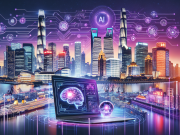


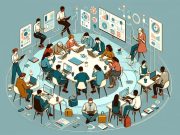





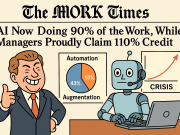
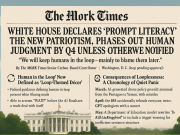
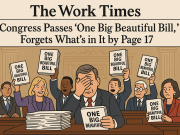
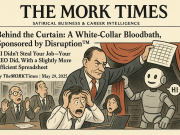

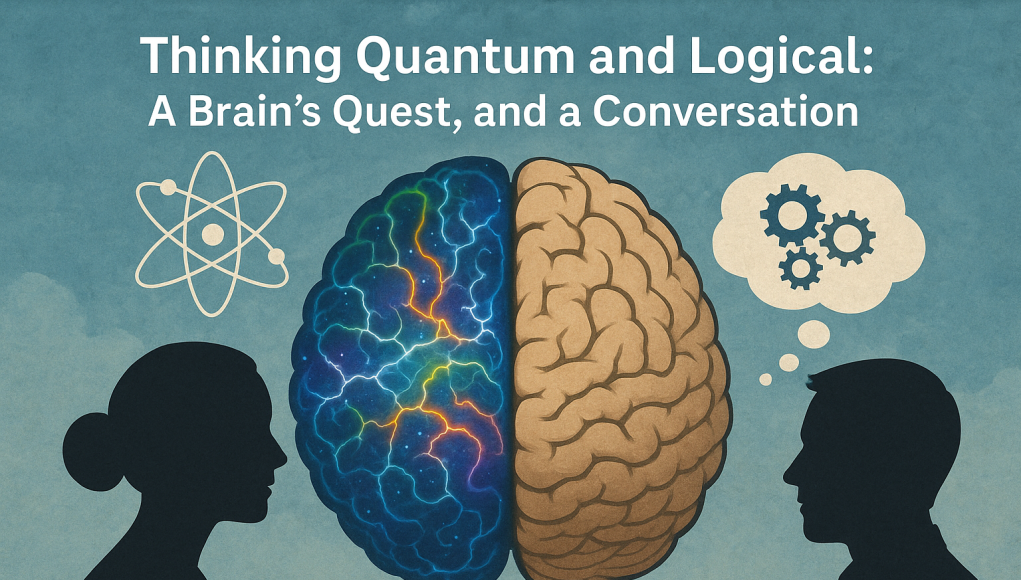
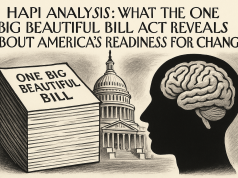
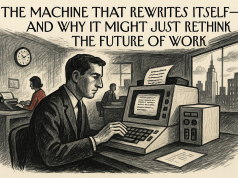
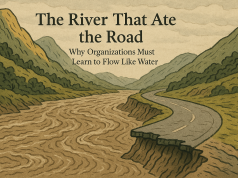
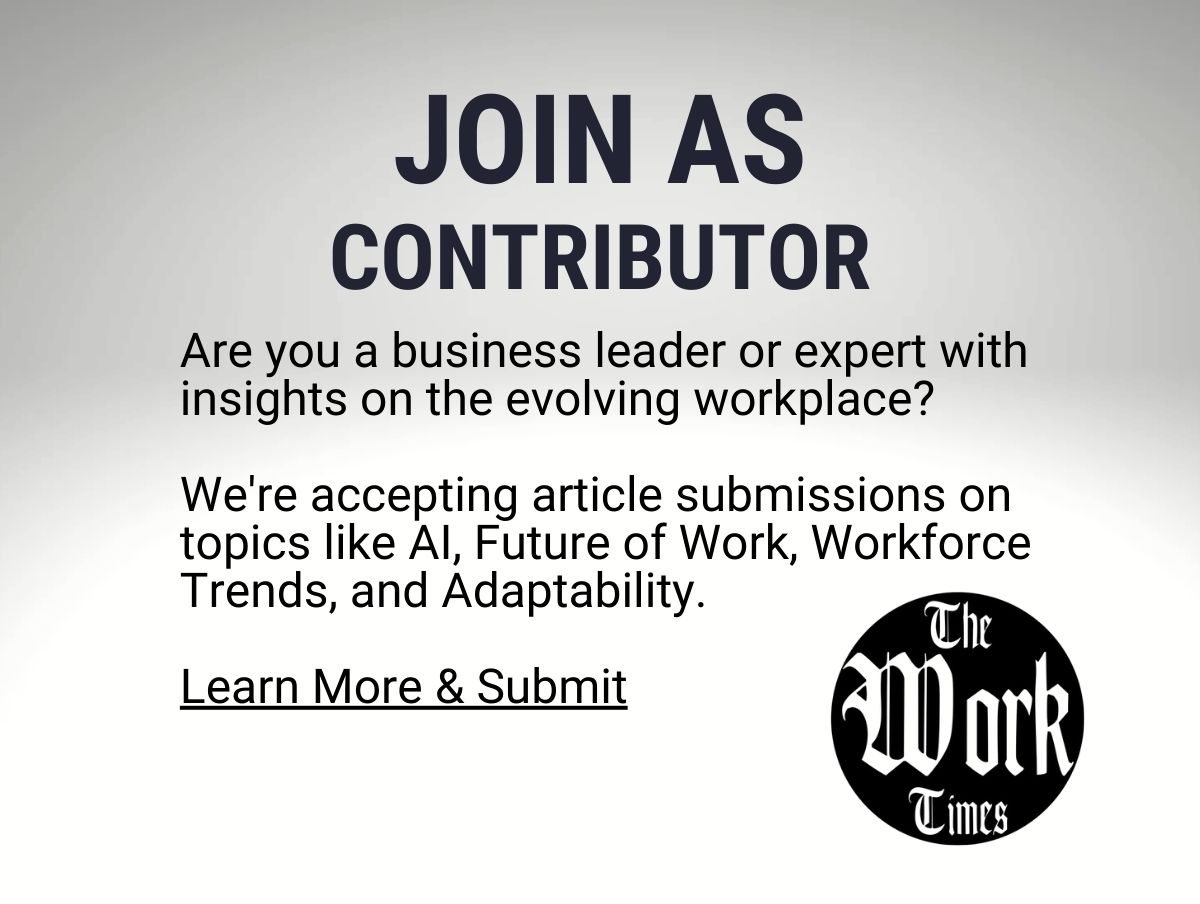





![From TAOLabs: A New, Simplified Way to Learn in the Age of Chaos [30m60h90d] From TAOLabs: A New, Simplified Way to Learn in the Age of Chaos](https://theworktimes.com/wp-content/uploads/2025/05/ChatGPT-Image-May-13-2025-01_11_22-AM-100x75.png)

